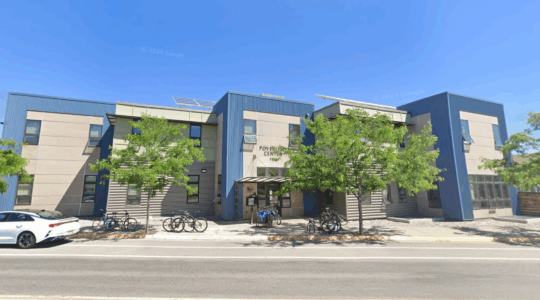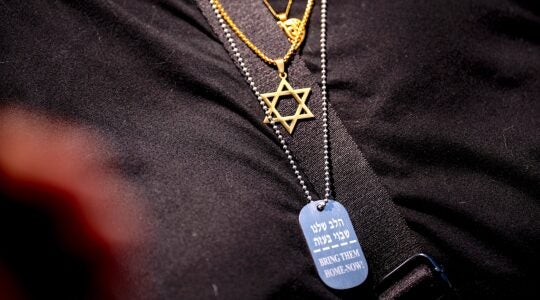Studying Talmud may seem daunting owing to the sheer volume of material and the language barreir. But consider the innovations that have emerged in the last century to aid self-guided learners.
[[READMORE]]
On Wednesday, Aug. 1, 90,000 Jews congregated in MetLife stadium in N.J. to celebrate the 12th Siyum HaShas, the completion of the daily study a page of the Talmud. The cycle of daily study, or Daf Yomi, takes approximately 7.5 years to complete.
The concept was introduced in 1923 by Rabbi Meir Shapiro at the conference of Agudath Israel.
Daf Yomi, which in and of itself is a fairly recent innovation, has grown in popularity with the aid of other developments in technology.
In 1949, the first authoritative English translation was published by Soncino Press and edited by British Chief Rabbi Isaac Hertz.
In the 1980s, cassette tape recorders and the Sony Walkman portable tape-player were heralded for their potential to reduce the Siyum HaShas cycle to four years.
In the 1990, the CD-R was hailed for its potential to store digitized the entire digitized folio.
The two most recent Siyum HaShas celebrations have been revolutionized by the Schottenstein Talmud, a side-by-side English-Aramiac printing of Talmud published by Artscroll.
And just in time for the beginning of the 13th Siyum HaShas cycle, Artscroll has released its new digital version of the Schottenstein Talmud which costs $17 per tractate. Designed with iOS software and compatible with Apple’s increasingly ubiquitous touch screen tablet, the iPad, this innovation represents the latest incarnation of technology-aided talmud study for the masses. And for those who prefer their information 140-characters at a time, the Twitter feed @Tweetthedaf, set up on Aug. 1, id dedicating "3 – 5 tweets per day per daf" to help publicize talmudic material in a medium "that can be used as a springboard for further analysis."
Check out Uriel Heilman’s live blog account of the 12th Siyum HaShas, as well as JTA coverage of previous Siyum HaShas celebrations from 1938 to 2008 (NB: coverage is sparse in earlier years).
JTA has documented Jewish history in real-time for over a century. Keep our journalism strong by joining us in supporting independent, award-winning reporting.





